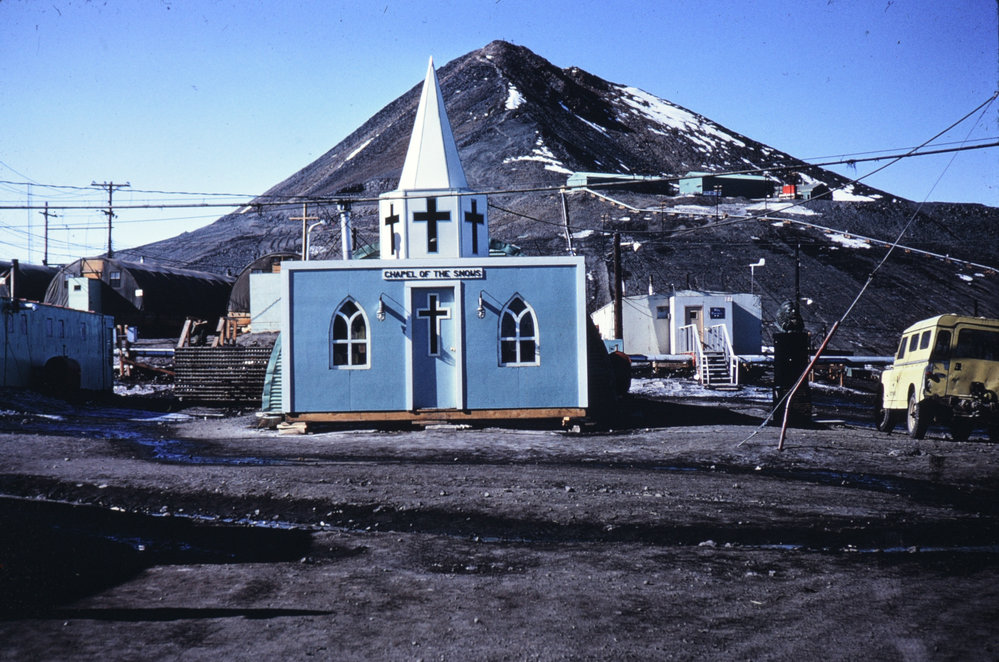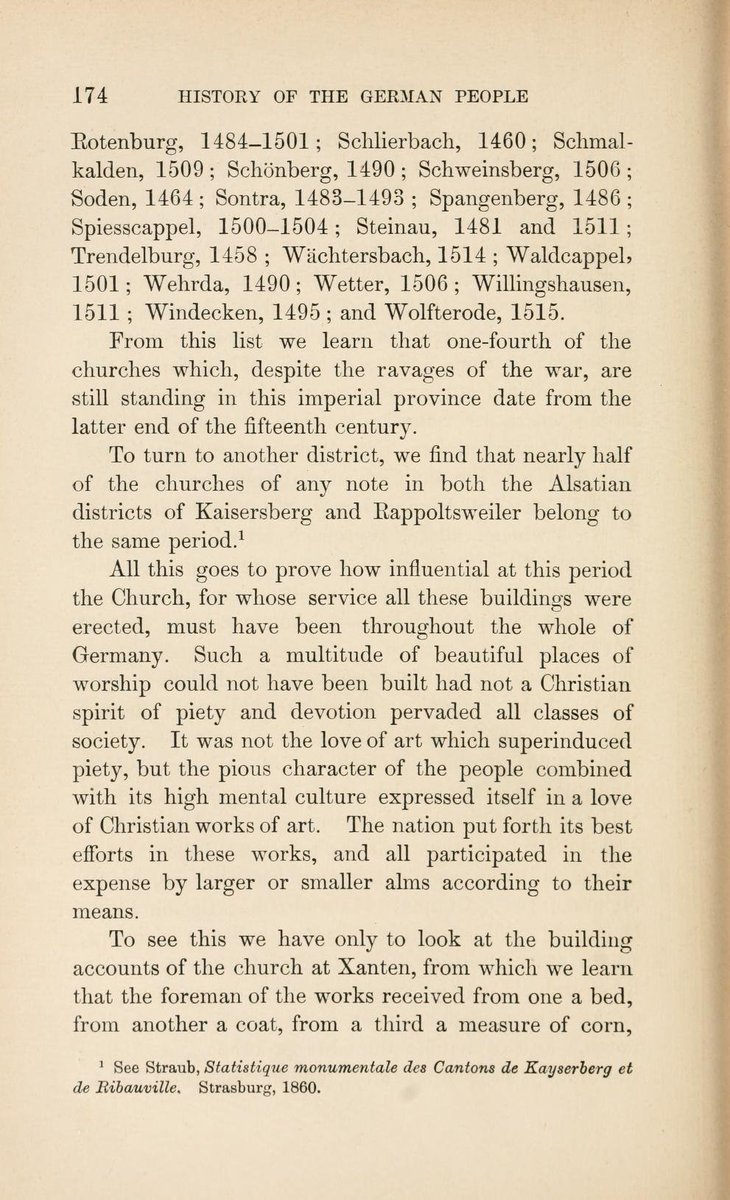Did you know the first church on Antarctica was built in 1956? Did you know a Roman Catholic cardinal once celebrated Mass there?
Here's a little thread about the Chapel of Our Lady of the Snows, and some other interesting Antarctic Catholic history!
🧵👇
Here's a little thread about the Chapel of Our Lady of the Snows, and some other interesting Antarctic Catholic history!
🧵👇

In 1955, the United States began building McMurdo Station on Ross Island in Antarctica.
The original plans for the station did not include a chapel - religious services would be held in the mess hall.
The original plans for the station did not include a chapel - religious services would be held in the mess hall.

The US Seabees, building the station, decided to make a chapel on their own:
“As the construction of the buildings at McMurdo progressed a mysterious pile of lumber, planks, nails, Quonset hut sections, & assorted materials began to accumulate on a knoll overlooking the camp.”
“As the construction of the buildings at McMurdo progressed a mysterious pile of lumber, planks, nails, Quonset hut sections, & assorted materials began to accumulate on a knoll overlooking the camp.”
In May 1956, the chapel was finished.
At first, it was referred to as the Chapel of St. Dismas (the Good Thief, an homage to the "requisitioned" supplies used to build it), but it was soon consecrated to Our Lady of the Snows.
At first, it was referred to as the Chapel of St. Dismas (the Good Thief, an homage to the "requisitioned" supplies used to build it), but it was soon consecrated to Our Lady of the Snows.

In December 1964, Cardinal Archbishop of New York Francis Spellman to offer a series of Masses for the Catholic servicemen stationed around Antarctica.




Typo - sorry, Spellman visited in 1963 and 1964!
Here is Spellman offering Midnight Mass at South Pole station.
(You can see the portrait of JFK on the wall behind him. A special 30-day mourning period had just concluded.)


Here is Spellman offering Midnight Mass at South Pole station.
(You can see the portrait of JFK on the wall behind him. A special 30-day mourning period had just concluded.)


Spellman made the rounds to all the major US stations on the continent. Here he is pictured in the Chapel of the Snows in McMurdo.




Over the years, the chapel was gradually changed, repainted, and modified along with the rest of the base.
Then, on August 22, 1978, it was destroyed by a fire in the night.


Then, on August 22, 1978, it was destroyed by a fire in the night.


There are so many interesting and moving moments throughout the decades of service at this chapel, built out of devotion by volunteers in their off-hours.
In 1956, a young navy man (Patrick McCormick, 18 years old) became the first Catholic baptized in the chapel!


In 1956, a young navy man (Patrick McCormick, 18 years old) became the first Catholic baptized in the chapel!


There was other interesting Catholic Antarctic activity as well! For example:
There was a small hut used as a chapel at Little America (a seasonal exploration base on the Ross Ice Shelf).
In 1956, Robert Charles Haun created a beautiful Triptych as the altarpiece.


There was a small hut used as a chapel at Little America (a seasonal exploration base on the Ross Ice Shelf).
In 1956, Robert Charles Haun created a beautiful Triptych as the altarpiece.


A ship's carpenter helped Haun build it from old packing crates. It is believed to be the first ecclesiastical painting ever made in Antarctica.
For more on Haun and his other paintings, see here:
history.navy.mil/our-collection…
For more on Haun and his other paintings, see here:
history.navy.mil/our-collection…
There was also the need to offer mass and support for naval personnel aboard the various ships and icebreakers which supported the Antarctic missions.
Mass aboard ships were common. In 1963, Cardinal Spellman also offered Christmas mass aboard the USS Glacier.
Mass aboard ships were common. In 1963, Cardinal Spellman also offered Christmas mass aboard the USS Glacier.

Ok, I think that's a wrap for now!
Thanks for following along on this fun exploration of a little slice of Catholic Antarctic history.
Thanks for following along on this fun exploration of a little slice of Catholic Antarctic history.
• • •
Missing some Tweet in this thread? You can try to
force a refresh

 Read on Twitter
Read on Twitter
































